Posted on 12/30/2022

Cold temperatures and other wintry elements can take their toll on a vehicle, however, there are a number of precautions you can take to not only protect your vehicle, but to help it perform smoothy during the coldest season. Tires Some mechanics will argue that tires are the most important vehicle accessory to prepare for winter, since they will be making direct contact with the cold ground and any snow, slush, or ice covered roads. The less wear to the tread grooves, the better the tire will perform throughout a winter of iffy road surfaces. Legally, many states consider 2/32" the minimum tread depth, however, auto experts recommend a depth of at least 4/32" for winter travel. If you live in an area that sees heavy snowstorms, consider purchasing snow tires. Even if the tread depth is sufficient, think about the age of your tires. If you have purchased them within the last 5-6 years, you are most likely good to go, but if they are over 6 years old, have an expert take ... read more
Posted on 11/30/2022
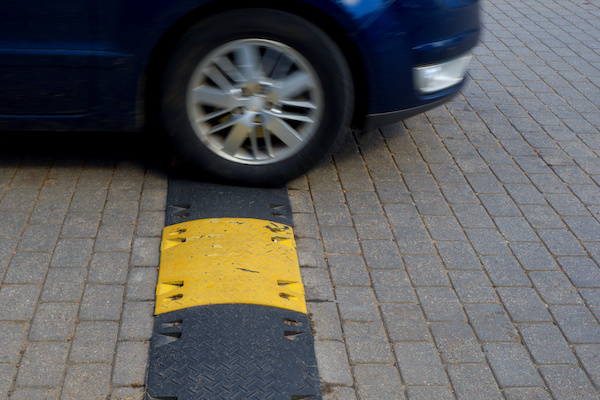
As you know, preventative maintenance can help slow down the wear and tear of your vehicle. While maintenance is an excellent habit to get into, the way you drive your car can completely negate it and cause premature wear and damage. So are you rough on your car? Let’s find out how these habits can cause extensive repairs: Habit 1: Letting gas levels drop too low or run out completely Some people hate the act of filling up, while others just don’t want to fork out money at the pump. So, they wait until the fuel light comes on. Or even worse, it always gets too late, and they end up stranded. It can end poorly for your vehicle’s fuel system because the bottom of your fuel tank is not the cleanest. It has sediments that can end up in the engine and hurt its components if you run your fuel too low (all the time). Habit 2: Harsh Acceleration and Braking Unless you’re a professional race car driver, you shouldn’t have sudden speed changes. Rapid accelerati ... read more
Posted on 10/29/2022
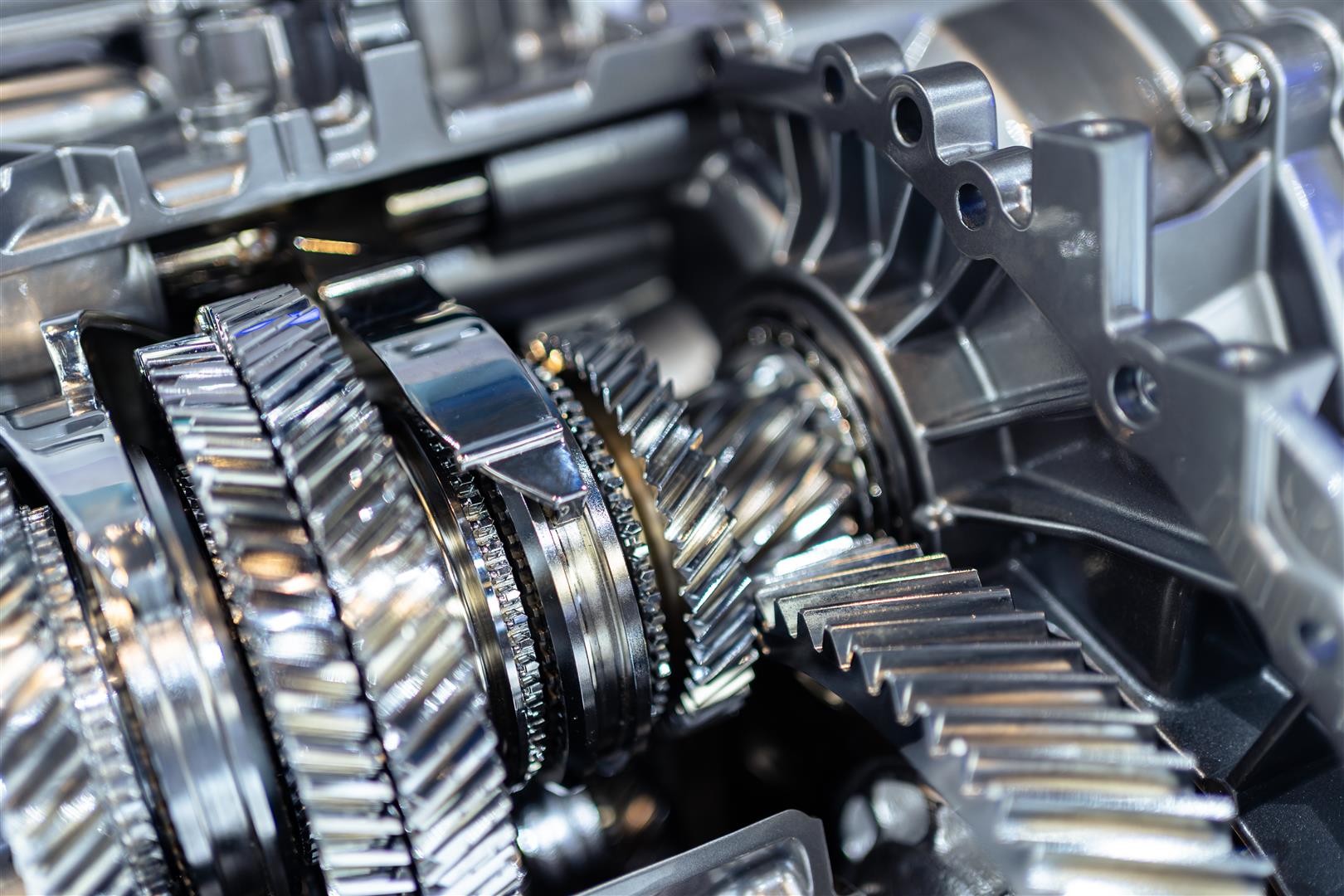
When you are the owner of a motor vehicle, regular maintenance is a must. Sometimes, this maintenance includes a transmission rebuild. During the process of a transmission rebuild, it is imperative to establish what created the issue to begin with. A transmission diagnosis is the first step in the process. It lets the automotive technician know the problem at hand and how best to proceed. What is My Transmission's Job? Understanding the primary function of your transmission is an important thing every driver must know. The job of your transmission is to ensure the vehicle has enough power to move at an efficient speed. A manual transmission operates when you are shifting gears; while automatic transmissions do the shifting for you. What does the Transmission Rebuild Process Entail? The process of transmission rebuild includes the following steps: Taking the transmission out of the vehicle so it can be dismantled. Next, the parts of the transmission are clean ... read more
Posted on 9/26/2022
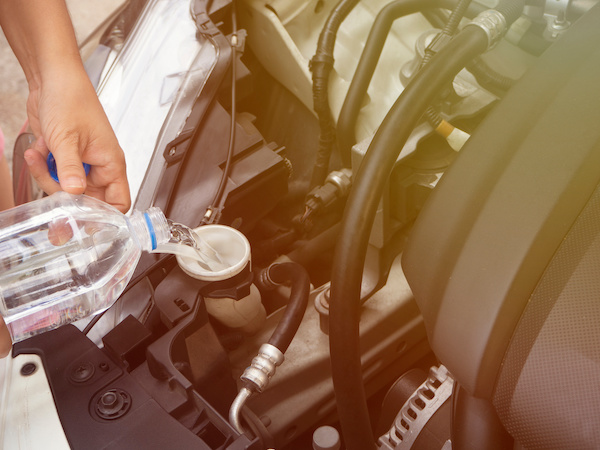
Your car's cooling system is essential for keeping the engine running at a safe temperature. Being able to recognize the signs of a cooling system problem is something every car owner needs to know. This article will discuss five leading signs that your cooling system needs attention. What is a cooling system? A cooling system is a network of components in your car working together to enable coolant fluid flow. The coolant fluid regulates the engine's temperature and car system. The cooling system ensures that operating engine temperatures do not rise above the melting point of the metal. The cooling system comprises the radiator, fans, water pump, thermostat, engine block, and cylinder head gasket. Awareness of signs of a faulty cooling system is the first step in diagnosing your vehicle. Signs your Cooling system is in trouble. Keep an eye out for these signs in your cooling system High Reading on the Temperature gauge Engine overheating is the most common sign of a ... read more
Posted on 8/30/2022
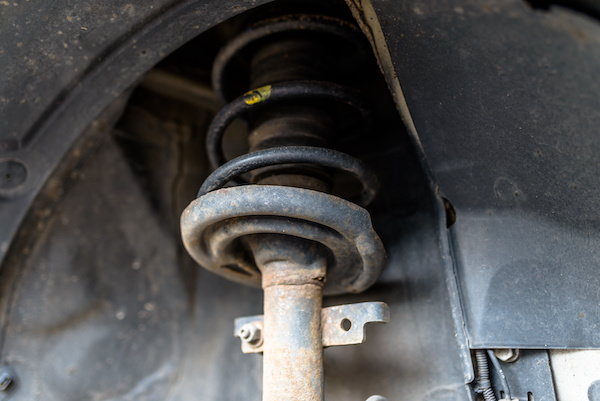
If you’re on the road often, you’ve probably hit a fair share of speed bumps, curbs, and other bumps similar. When your car is in good shape, the car shouldn’t jolt or start bouncing excessively. If it reacts in an unexpected way, there’s probably something wrong with your car, SUV, or truck. Our vehicles are designed and engineered to absorb road shock so that our drives stay consistent and smooth. The steering and suspension systems, and even wheels, play a huge role in your vehicle’s safety. So if you notice an unusual reaction to your car when it drives over bumps, please have your vehicle inspected by a professional. Below are some possible reasons why your vehicle is bouncing excessively or swaying: Tires - Your car tires can be the culprit. Overinflated or misaligned tires can cause your vehicle to sway or feel unbalanced. In some cases, it can also be due to poor quality tire installations. Whatever the issue, we recommend ... read more
Posted on 7/26/2022
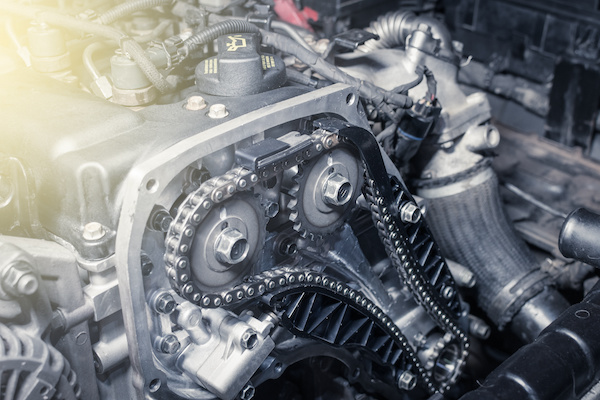
You might not know this, but your car's firing sequence is very important. And a timing belt is a crucial engine component that ensures the process of opening and closing of the valves is achieved seamlessly. It syncs the rotation of the crankshaft and camshaft to ensure the valves open and close as they are required to operate. The component is so important but most car owners tend to ignore it. They realize its essence when it's too late. Here are some warning signs of a timing belt about to fail. Unusual Noises from the Engine Ideally, the timing belt is attached to a series of pulleys leading to the crankshaft. The crankshaft is responsible for powering the connecting rods as the camshaft controls the cylinder head valves. Once your timing belt starts to age or wears out, it might cause combustion problems. This is because the silver valves that transfer burnt fuel via the exhaust chamber are no longer in sync. Your Car Engine will not Turn Over Sometimes, your starter ... read more
Posted on 6/29/2022

When you are starting out to learn how to drive, it is normal to make some mistakes. There’s always a learning curve. Some people may be over nervous, while others may be too confident. And one of the most important things to remember is to stay calm. Follow these driving tips below to help you manage road emergencies and be a safer driver. Always bring an emergency car kit - In case of a breakdown, accident, or whatever, an emergency kit will be your best friend. You might need the essentials, like jumper cables, ice scrapers, phone charger, first aid kit, blanket, batteries, extra car fluid, and more. Keep distractions out - Distracted driving is the number one cause of auto accidents for teen drivers. Sending a text can cost you your life, so we’d wait to send that message. Other common distractions are loud chatter and blaring music. Use the owner’s manual - Young or old, many drivers forget this handbook exists at all. This guide gives you EVERYTHING you&rsquo ... read more
Posted on 5/25/2022
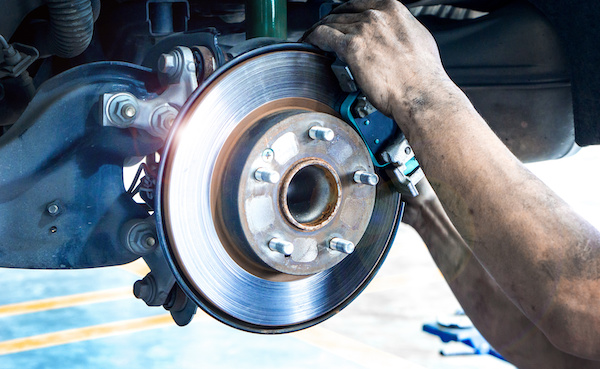
Your car is one of the most critical pieces of equipment you own. You rely on it to get you where you need to go, so keeping it in good condition is essential. One of the most critical parts of your car is the braking system. The braking system comprises many different parts, which work together to stop your vehicle. Over time, these parts can wear out and need to be replaced. But, how do you know that it's time for brake service? Unusual Vibrations One of the first signs that your brakes need service is a vibration in the brake pedal. Several things can cause this, but it's usually due to warped brake rotors. When the rotors become warped, they cause the brake pads to vibrate, which in turn causes the brake pedal to vibrate. If you notice a vibration in the brake pedal, it's essential to have your brakes checked as soon as possible. Slow Stopping Response Another sign that your brakes need service is increased stopping distance. If you find that it takes longer to stop ... read more
Posted on 4/27/2022
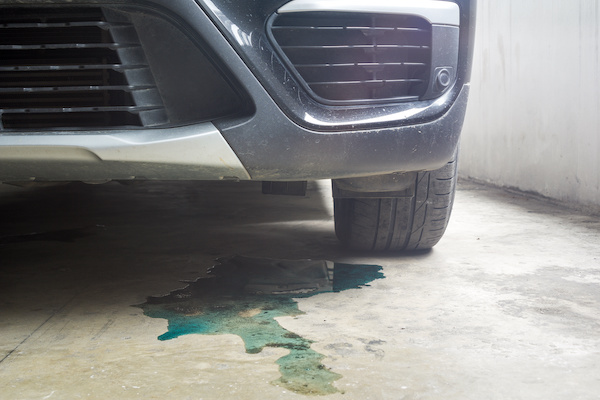
After starting your car and backing out of your parking space one day, you might notice a strange puddle left behind by your vehicle and wonder what it is. There are a lot of different types of fluids that your vehicle can leak, each meaning something different. Thankfully, these fluids are easy to identify by color. Leaking Power Steering Fluid Puddles of power steering fluid typically look and smell similar to the reddish transmission fluid, and characteristically leak from manual cars with power steering because of failing gaskets or joints. These leaks typically originate from the engine bay, and is accompanied by a symptomatic difficulty in steering the vehicle. Leaking Oil A black puddle or stain is typically an oil leak. These leaks usually happen around the oil pan or gaskets of the engine, and tend to be small and localized occurrences. They are typically the result of a failed gasket, which would need replaced quickly. Other common causes can include a crack in the oil dr ... read more
Posted on 3/28/2022
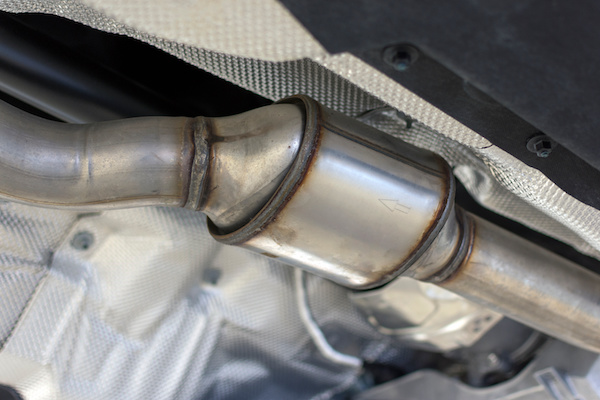
Catalytic converters are one of the most stolen car parts on vehicles. It can take just about three minutes for someone to jack your car up and cut the catalytic converter off. Luckily for Prius owners there is a cat shield put in to protect your catalytic converter from being stolen. Most Prius owners are aware of the Cat Shield, but does it really protect your catalytic converter from being stolen? When your catalytic converter is stolen, it can cost anywhere from $2,500 - $5,000 to have it replaced. Many thieves are known to target a Prius when it comes to stealing the catalytic converter. The Cat Shield was created to help protect your catalytic converter from being stolen. The Cat Shield is a high quality, custom shield that is designed to make the job of someone trying to steal your catalytic converter time consuming and it will cause there to be a lot of attention brought to the process, helping to prevent the theft from happening. When you're looking for a shield you want ... read more